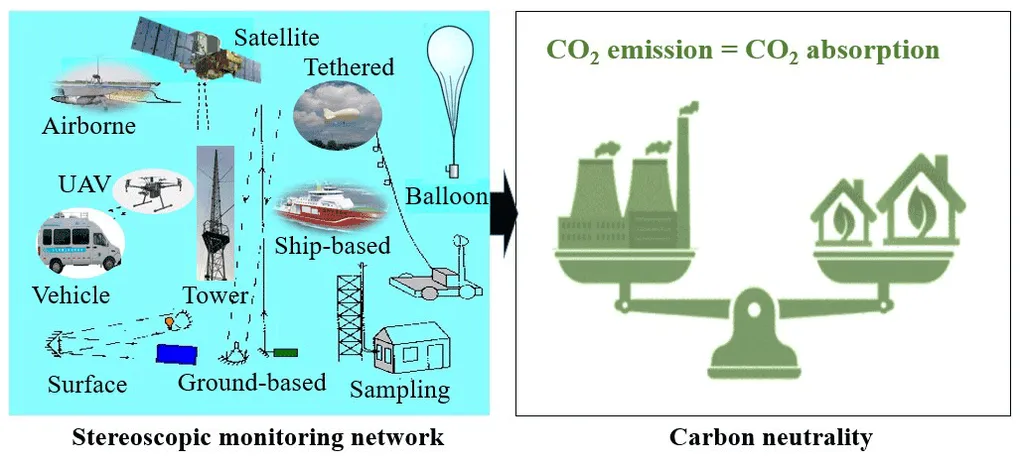In the heart of China’s agricultural innovation, a team of researchers led by Dr. Zhi Quan from the Institute of Applied Ecology at the Chinese Academy of Sciences has developed a groundbreaking method to measure greenhouse gas emissions in controlled-environment agriculture. This novel approach, published in the journal MethodsX (translated as “Methods in English”), promises to revolutionize how we monitor and mitigate emissions in greenhouse cultivation systems, offering significant commercial implications for the energy sector.
Greenhouse gas emissions, particularly carbon dioxide (CO₂) and nitrous oxide (N₂O), are critical metrics for understanding and reducing the environmental impact of agricultural practices. Traditional methods for measuring these emissions often involve complex and costly equipment, limiting their widespread adoption. However, Dr. Quan and his team have devised a cost-effective and straightforward solution that leverages routine nighttime sealing practices in greenhouses.
The method, known as the whole-greenhouse static chamber technique, involves sealing greenhouses at night by closing vents and deploying thermal quilts. This creates an enclosed environment where gases can accumulate. Researchers can then monitor gas concentrations either automatically using in situ sensors or manually via gas-tight sampling bags. By analyzing the linear regression of gas concentration over time, they can determine the accumulation rates and convert these into fluxes based on greenhouse volume and temperature.
“Our method integrates emissions from soil, plants, and other surfaces, overcoming the spatial limitations of small chambers,” Dr. Quan explained. “It offers a practical solution for routine monitoring of greenhouse gas emissions in controlled-environment agriculture.”
The validation of this method involved using a high-precision Picarro analyzer across 15 greenhouses, demonstrating strong linearity (R² > 0.95) in CO₂ and N₂O accumulation curves. This confirms the method’s reliability and accuracy. Notably, both automatic and manual sampling approaches produced comparable results, with the team recommending manual sampling for its simplicity and cost-efficiency.
The commercial implications of this research are substantial. For the energy sector, accurate and cost-effective monitoring of greenhouse gas emissions is crucial for developing and implementing effective mitigation strategies. This method provides a scalable solution that can be easily integrated into existing agricultural practices, making it an attractive option for large-scale adoption.
Dr. Quan’s team believes that this method could shape future developments in the field by providing a more comprehensive understanding of ecosystem respiration and nitrous oxide emissions. “By offering a low-cost, scalable solution for GHG quantification in protected cropping systems, we hope to contribute to more sustainable and environmentally friendly agricultural practices,” Dr. Quan added.
As the world continues to grapple with the challenges of climate change, innovative solutions like this one are essential for reducing the environmental impact of agriculture. The research published in MethodsX not only advances our scientific understanding but also paves the way for practical applications that can drive meaningful change in the energy and agricultural sectors.

